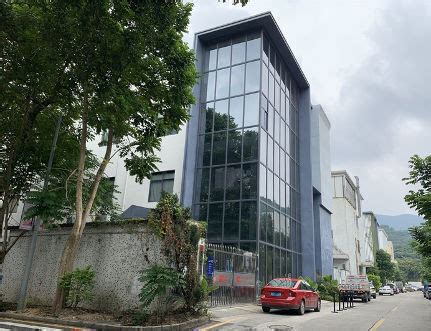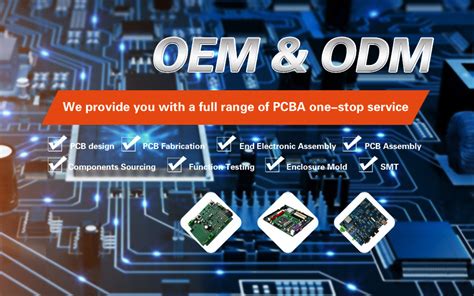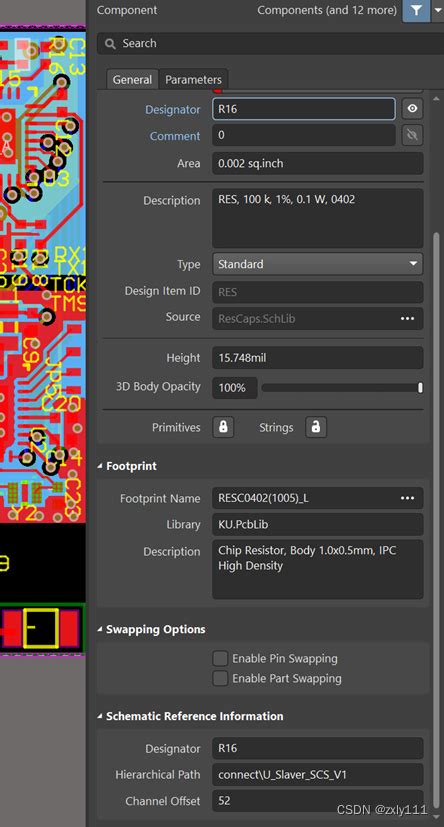Cost Analysis of PCB Assembly for Individual Components
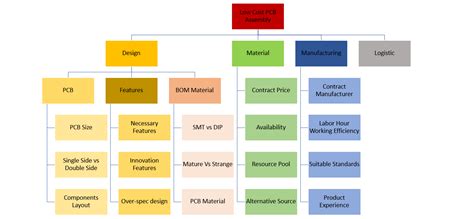
Key Takeaways
In the world of PCB assembly, understanding the cost per component is essential for effective budgeting and planning. The cost analysis of individual components can reveal significant variances influenced by a variety of factors such as material type, complexity, and specific design requirements. It is important to recognize that different components may incur different pcba costs based on their functionalities and the processes involved in assembling them. Furthermore, efficient sourcing strategies can also drastically affect the overall costs, making it imperative to evaluate suppliers and negotiate terms effectively. Moreover, as production volumes increase, businesses can benefit from economies of scale, thereby reducing the average pcb assembly cost per component. By thoroughly examining these elements and applying strategic planning, manufacturers can optimize their expenses while ensuring product quality and reliability. Thus, a holistic understanding of these dynamics not only aids in cost management but also enhances competitive positioning in the marketplace.
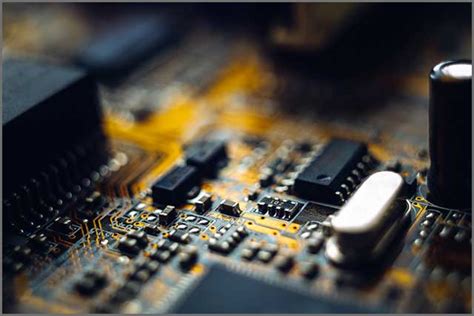
Introduction to PCB Assembly: Understanding the Basics
PCB assembly, commonly referred to as PCBA, is a vital process in the electronics manufacturing industry. It transforms a bare Printed Circuit Board (PCB) into a fully functional electronic device by integrating various components. Understanding the basics of pcb assembly is crucial for manufacturers and hobbyists alike, as it lays the foundation for more in-depth cost analysis and budgeting decisions. The assembly process includes multiple steps, such as component placement, soldering, and testing. Knowing how these steps interconnect helps organizations grasp where costs arise and how they can optimize financial resources.
In the realm of pcb assembly, each component mounted on the PCB incurs specific costs that can vary significantly based on various factors. These include component type, volume of production, and complexity of assembly techniques employed. For instance, soldering methods like Surface Mount Technology (SMT) generally offer efficiency at scale but may involve higher initial equipment costs. Conversely, manual assembly can be more flexible but is labor-intensive and typically has a variable cost structure.
"Understanding these fundamental aspects not only aids in better budgeting but also equips you with the insights necessary to negotiate effectively with suppliers when sourcing components."
The goal of any manufacturer should be to balance pcba costs with product quality while maintaining efficiency throughout production processes. As you delve deeper into this topic, recognizing these key factors will enable more informed decisions regarding component sourcing and overall assembly expenses.
Breakdown of Costs: Analyzing Expenses Per Component
The cost of PCB assembly is fundamentally influenced by the individual components utilized in the manufacturing process. When evaluating pcba expenses, it’s important to dissect how every component contributes to the overall cost structure. Components such as resistors, capacitors, and integrated circuits vary widely in price based on factors such as material quality, availability, and complexity. For instance, a simple resistor may incur minimal costs while a complex microcontroller can significantly drive up expenses. Additionally, component pricing can be impacted by order quantities; bulk purchasing often leads to reduced per-unit prices, making it essential for manufacturers to assess their production volume when determining optimal budgeting strategies. Companies must also consider logistical expenses like shipping and handling that can add unexpected costs to each component’s price tag. Overall, understanding this breakdown will empower businesses to make informed decisions that not only streamline their pcb assembly operations but also enhance their cost-effectiveness, ultimately leading to more competitive final products.
Factors Influencing PCB Assembly Costs
When analyzing the costs associated with PCB assembly (or PCBA), several key factors come into play that can significantly influence the overall expense per component. First and foremost, the type of components selected for the assembly greatly affects pricing. High-precision or specialized parts tend to be more expensive compared to standard components. Beyond component selection, design complexity is another critical factor; intricate designs often require more time and resources, leading to increased labor costs during the PCB assembly process.
Additionally, economies of scale play a vital role: larger production runs can reduce the cost per unit due to shared setup and production expenses. This aspect underscores the importance of assessing production volume when planning for PCBA. Furthermore, the choice of manufacturing processes—including surface mount technology (SMT) versus through-hole assembly—also impacts costs, as certain processes may demand different levels of expertise and equipment.
Supply chain dynamics must not be overlooked either; variations in material availability or shipping expenses can directly affect pricing. Moreover, geographical location affects costs due to differing labor rates and operational efficiencies across regions. Thus, understanding these diverse factors is essential for manufacturers looking to not only optimize budget considerations but also ensure a cost-effective approach in their PCB assembly endeavors.
Cost-Effective Strategies for Component Sourcing
When considering pcb assembly or PCBA, a crucial step in controlling overall costs is adopting effective sourcing strategies for individual components. Identifying suppliers that offer the best quality at competitive prices is essential. Establishing long-term relationships with trusted vendors can lead to reduced pricing per unit, which is especially beneficial in pcb assembly where high volume can significantly lower the cost structure. Additionally, leveraging bulk purchasing and negotiating terms can help organizations secure favorable agreements that optimize overall expenses.
Another essential tactic involves keeping abreast of market trends and fluctuations in component pricing, as this knowledge allows for timely procurement of materials before prices escalate. Utilizing platforms that aggregate supplier offerings enables companies to compare various sources, ensuring that they not only meet quality standards but also align with budget constraints.
Incorporating alternative or compatible components can also yield cost savings without compromising performance; however, thorough testing to ensure efficacy remains indispensable. Hence, refining component sourcing strategies not only aids in achieving lower costs but also enhances the efficiency of the entire PCBA process, ultimately leading to a healthier bottom line for manufacturers.
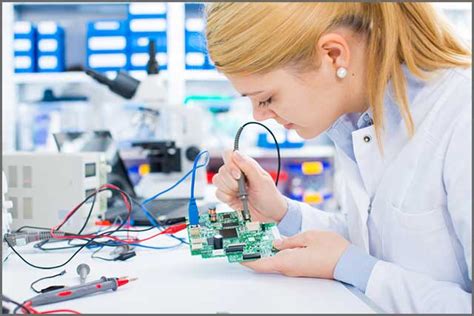
Comparing PCB Assembly Vendors: Which Offers the Best Value?
When evaluating pcb assembly vendors, understanding the nuances of their pricing structures is essential for discerning which option provides the best value for your project. The cost per component in pcba can vary significantly depending on multiple factors, including materials, labor costs, and technology utilized. Some vendors may offer lower initial pricing but could have hidden charges associated with setup fees or minimum order quantities, which can affect the overall budget. Additionally, evaluating a vendor’s reputation and track record can provide insights into their reliability and quality of work, factors that warrant consideration beyond just price. For businesses aiming to maximize their investment in pcb assembly, thorough comparisons based on a combination of cost and quality metrics are crucial. By examining aspects like lead times, customer support, and flexibility in production quantities alongside the straightforward cost comparisons, companies can make more informed decisions that align with their budget and project requirements. In summary, while low prices might be appealing, assessing the total value offered by different pcba vendors ensures that you not only save costs but also maintain high standards in your manufacturing process.

The Role of Volume in Cost Per Component
When considering the pcb assembly process, one critical aspect that significantly impacts the cost per component is the volume of units being produced. As the quantity of PCBA units increases, manufacturers can often achieve economies of scale, resulting in a lower cost per item. Bulk purchasing agreements for components can lead to significant discounts, as suppliers are more willing to negotiate lower prices for larger orders. Furthermore, high production volumes typically lead to reduced labor costs per unit; the more pcb assemblies produced in a given timeframe, the less time and overhead are required for each individual piece. It’s important to note that this relationship isn’t purely linear; there may be specific tiers at which costs drop sharply due to factors such as optimized production line setups and enhanced automation processes. Understanding this dynamic allows companies to better plan their budgets and optimize their spending on pcb assembly without sacrificing quality. Consequently, evaluating projected demand and aligning production volume with procurement strategies can lead to substantial savings in the overall budget for PCBA manufacturing.

Impact of Technology on PCB Assembly Costs
The influence of technology on PCB assembly costs is significant and multifaceted. As advancements in manufacturing processes and tools continue to evolve, they directly affect the efficiency and effectiveness of production. For instance, the introduction of automated assembly systems helps reduce labor costs, which can substantially decrease the cost per component in PCBA. Furthermore, innovations such as surface-mount technology (SMT) enable a more precise placement of components, minimizing the potential for errors during assembly and lowering waste. This heightened accuracy results in a more streamlined PCB assembly process, ultimately reducing overall expenses. Additionally, incorporating advanced software for design and simulation can lead to cost savings by identifying potential issues early in the manufacturing process. These technological advancements not only enhance production speed but also facilitate better inventory management and component sourcing strategies, which are essential for maintaining competitive pricing in today’s market. Adopting these technologies allows manufacturers to optimize their operations and achieve a better cost-per-component ratio while improving product quality. Overall, embracing technology is vital for those looking to remain competitive in the rapidly evolving landscape of PCBA manufacturing.
Conclusion: Optimizing Your PCB Assembly Budget
In the world of PCB assembly, understanding how to manage your budget effectively is crucial for ensuring that you achieve a balance between quality and cost. Each component in the pcba process contributes to the overall expenditure, and recognizing the cost per component can significantly enhance decision-making. By analyzing the various factors that influence PCB assembly costs, such as materials, labor, and technology, companies can identify areas where savings might be possible. When sourcing components, opting for reliable vendors who provide cost-effective solutions without compromising on quality is essential. Additionally, leveraging bulk purchasing and strategic negotiations can reduce individual component prices, thereby optimizing the overall budget. As you strategize your pcb assembly, remember that both volume of production and the complexity of designs will impact your costs per unit. By keeping these factors in mind, organizations can better structure their budgets while continuing to deliver high-quality products that meet industry standards.
Conclusion: Optimizing Your PCB Assembly Budget
In the quest to optimize your PCB assembly budget, understanding the intricacies of PCBA costs is essential. The breakdown of costs per component provides vital insight, revealing how each element contributes to the overall budget. By analyzing these expenses systematically, manufacturers can identify potential areas for savings. For example, components that are commonly used might have bulk purchasing discounts, which can decrease the cost per component.
Furthermore, vendor selection plays a crucial role; different suppliers offer varying pricing for similar components due to their manufacturing processes, technologies used, and economies of scale. A comparative analysis of these vendors allows businesses to pinpoint the most cost-effective options without compromising quality. Another important aspect that influences PCB assembly costs is the volume of production; larger orders often lead to lower prices per unit due to reduced handling and setup times.
To illustrate this strategy effectively, consider the table below showcasing hypothetical costs associated with different component sourcing approaches:
| Component Type | Bulk Order Cost | Single Order Cost | Savings (%) |
|---|---|---|---|
| Resistors | $0.10 | $0.15 | 33% |
| Capacitors | $0.25 | $0.30 | 17% |
| Microcontrollers | $2.00 | $2.50 | 20% |
By focusing on strategic sourcing and understanding how technology impacts PCB assembly costs, manufacturers can enhance budget efficiency significantly. Adopting these strategies empowers businesses to not only minimize expenses but also improve overall production quality and reliability in their PCBA operations.
FAQs
Q: What is the average cost of PCBA per component?
A: The average cost of PCBA per component can vary significantly based on several factors including the complexity of the design, type of components used, and the specific manufacturer’s pricing structure. On average, you can expect costs to range from a few cents for basic components to several dollars for advanced parts.
Q: What factors affect the cost of PCB assembly?
A: Several factors influence the cost of PCB assembly, including component type, order volume, complexity of the PCB layout, and the required testing and inspection processes. Additionally, material quality and lead times can also impact overall expenses.
Q: How can I reduce my PCB assembly cost?
A: To reduce your PCBA costs, consider strategies such as purchasing components in bulk to leverage discounts, simplifying designs to minimize complexity, or optimizing your PCB layout for more efficient assembly. Sourcing from competitive vendors can also help in achieving better pricing.
Q: Is it cheaper to assemble PCBs in-house or outsource?
A: Whether it is cheaper to assemble PCBs in-house or outsource depends on your specific circumstances. In-house assembly may be more cost-effective for high-volume production if you have the necessary equipment and expertise. However, outsourcing can be beneficial for lower volumes or if you lack resources.
Q: What role does technology play in influencing PCBA costs?
A: Technology plays a significant role in influencing PCBA costs, as advancements in manufacturing methods (such as automation and advanced machinery) can improve efficiency and reduce labor costs. Moreover, newer technologies may enable faster production times and optimized materials selection.



